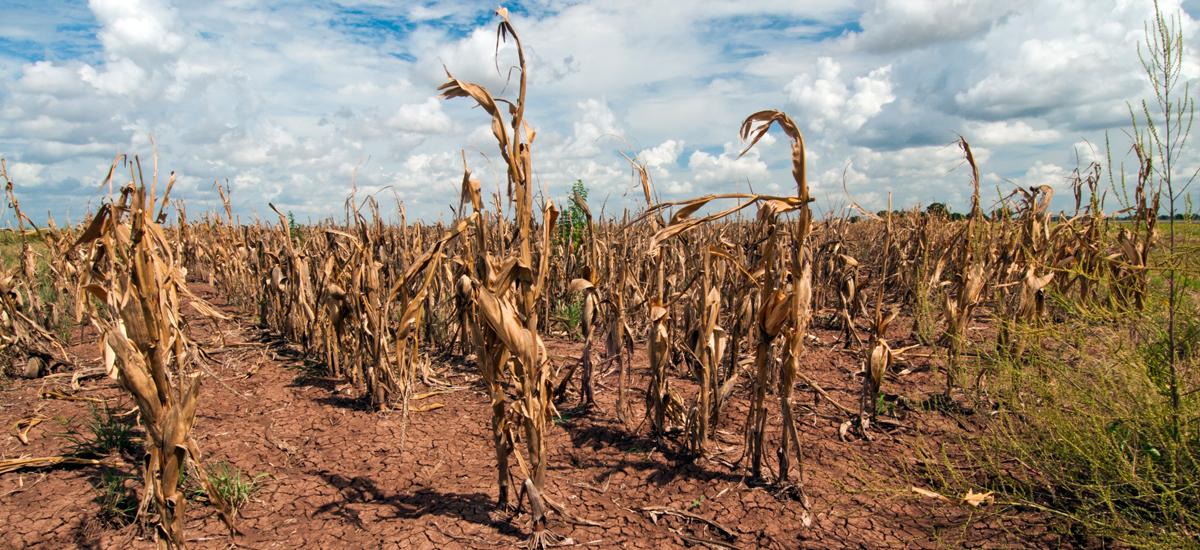Science
UN Head Says Survival Depends On How People Manage Water In 2023

WATER The United Nations Humanity’s survival depends on how people manage water, said United Nations Secretary-General Antonio Guterres on Friday at the close of a three-day conference on global water resources, during which developing countries made urgent requests for assistance with cleaner drinking water and better sanitation.
In his final remarks, Guterres stated, “All of humanity’s hopes for the future depend, in some way, on charting a new course to sustainably manage and conserve water.”
He stated that water “needs to be at the center of the global political agenda” and that this implies more aggressive action against climate change.
According to the United Nations World Water Development Report, released on the eve of the conference, 26% of the world’s population—2 billion people — lacks access to safe drinking water, while 46% — 3.6 billion people — lack access to basic sanitation. According to UN studies, nearly half the world’s population will face acute water stress by 2030.
Many rhetorical pledges to enhance water supply were made at the conference, but there needed to be more precise commitments to translate aspirations into better daily lives for regular people.
Throughout the meeting, water-stressed states, particularly those in the developing world
“We have such lovely, ambitious initiatives,” said Lina Taing, senior researcher at the global think tank United Nations University.
“We know that we are completely off track,” she stated, regarding providing them with clean water and sanitation. Taing stated that the world’s actions must be increased “fourfold.”
Throughout the meeting, water-stressed states, particularly those in the developing world, told U.N. members of their need for international aid to provide their people with drinking water and sanitation facilities.
“Waging a war on two fronts at the same time to address water issues and climate change is no easy task, especially for a small island nation like Kiribati, which has very limited resources at its disposal,” said Teburoro Tito, the United Nations representative for the Pacific island nation of fewer than 200,000 people. He claimed that Kiribati was particularly unprepared to deal with natural calamities.
SOURCE – (AP)






























